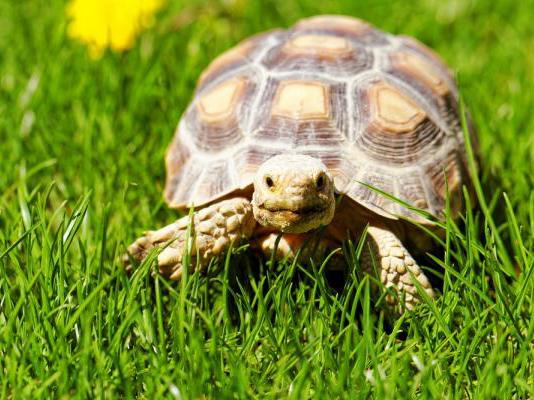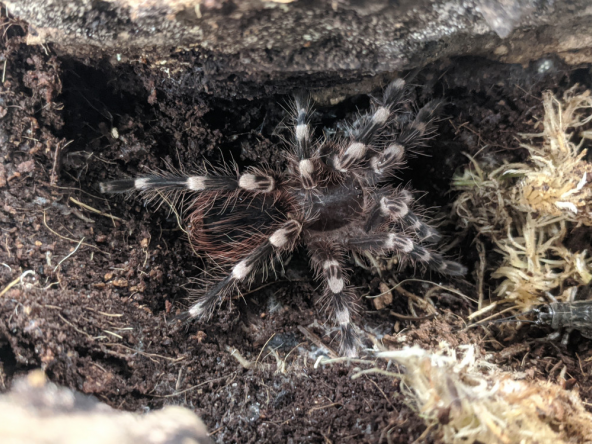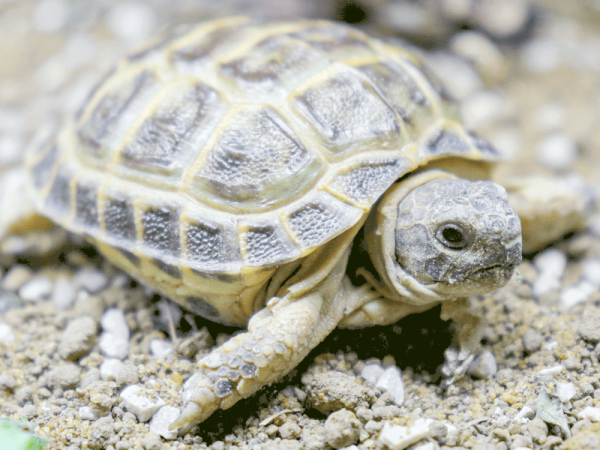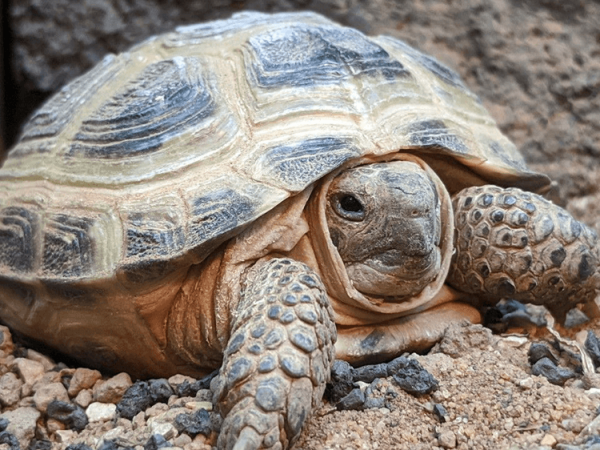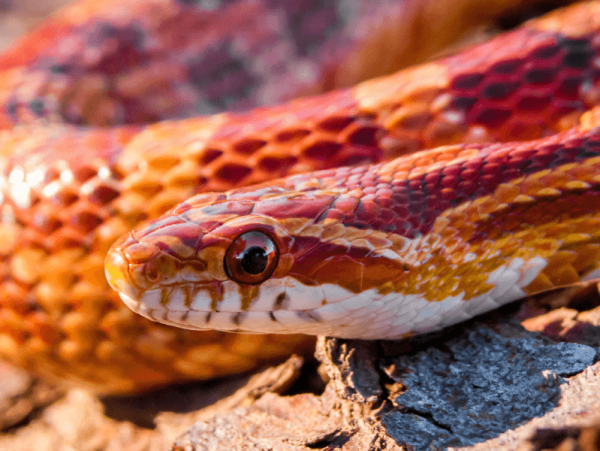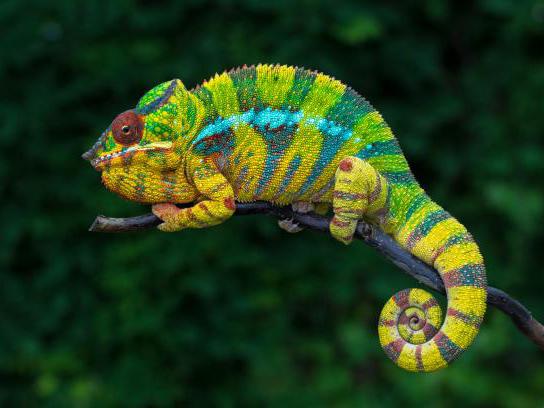Should my tortoise enclosure be indoor or outdoor?
They say that a house doesn’t become a home until it is filled with pets, so what better pet to do that than one that will be with you for life. From Horsfield tortoises to Herman's tortoises, tortoises are as gentle as they are fascinating, which makes them brilliant reptiles for a family. But there is nothing more mind-boggling than knowing they will be with you for life and possibly beyond, providing you give them the care they need.
Tortoises need a lot of room to roam, this means that more often than not there is simply not enough space for them to live in your standard indoor enclosure.
As a baby, the tortoise may take up very little space but as it grows you'll soon realise how much freedom it needs. This amount of freedom can be difficult to achieve in an indoor enclosure. Many dedicated tortoise owners find the best way to ensure that their tort is happy, is to provide them with both an indoor and outdoor home.
In this post we look at the pros and cons of both indoor and outdoor enclosures, with the help of a few of our customers.
Outdoor
Outdoor pens allow your tortoise plenty of space to do their thing. They're also a great option if you want to offer your pet plenty of natural UV and sunlight. Make sure they have their own shady spot to escape from the light if they fancy a bit of darkness too.
Make the enclosure as big as you can. You'll probably find it taking over your garden, but this doesn't have to be a negative thing. Plenty of tortoise owners incorporate the enclosure into the garden to make it the main feature and focal point. Include lots of plants but bear in mind that since your tortoise is likely to nibble them, it's important to make sure that they aren't harmful or poisonous. Never treat any plants inside the tortoise pen with fertilisers or pesticides.
During winter months, an outdoor enclosure might not be ideal as temperatures begin to plummet. Many tortoise owners opt for an insulated shed for the reptile to seek warmth, but during very low temperatures, you might find that you need to bring your tortoise into the house to prevent it from getting too cold. It's certainly not unusual for tortoises to hibernate in the winter, so plenty of comfy and cosy resting places are needed.
When deciding what sort of outdoor enclosure to opt for, make sure that you take into account foxes and mice. You certainly don't want them making their way into your tortoise's home. Also, thieves are an unfortunate reality that you'll want to take into account. Tortoises are valuable and as with any other pet, particularly ones you keep in the garden, they are at a risk of being stolen. To minimise the chance of this happening, look into locks and secured sheds. Of course the risk is always there, but it's best to take precautions.
As spring is approaching, it is the perfect time to improve your tortoise enclosure and make a few adjustments to ensure it is the best environment for your reptile.
Don't underestimate the digging capabilities of tortoises. They love to dig away in the soil and bury themselves in the mud. Great tortoise escapes aren't completely unheard of and so it can help to include some mesh or wire a few inches below the soil to prevent them from crawling underneath the walls of the enclosure. It can also help to sink the walls a few inches into the soil to act as an underground barrier.
Indoor
Indoor tortoise enclosures can be great if you want to keep your tort warm and don't want to risk them getting stolen or ambushed by other animals. Unless you have an entire room that you can dedicate to your tortoise, space can be an issue though, particularly if your pet is quite old and large.
Don't rule out an indoor enclosure though, as during the winter months they are a worthwhile thing to have as long as you can get a decent sized table.
You might think that an indoor enclosure would be extremely limited, but it can be relatively easy to recreate a natural environment. We'd recommend using a good quality tortoise table, so that your pet has some added shelter when it wants to hide away.
Even in an indoor environment, you'll need a heat lamp and UVB to keep the reptile warm enough and to give it appropriate UV. As a substrate, we recommend using sterilised top soil to make the environment as natural as possible.
It's okay to keep more than one tortoise in the same enclosure providing there is plenty of room for the two of them and they're the same species.
We asked our friends on Facebook to tell us about their tortoise enclosures. Here are a few of their answers:
Raina Kirkham-Cope says "I use a vivarium and tables. I'm hoping to move the tortoises into a brick shed this year. I use both UV tubes and heat lamps. Here's my hatchlings table that I built out of laminate flooring."




